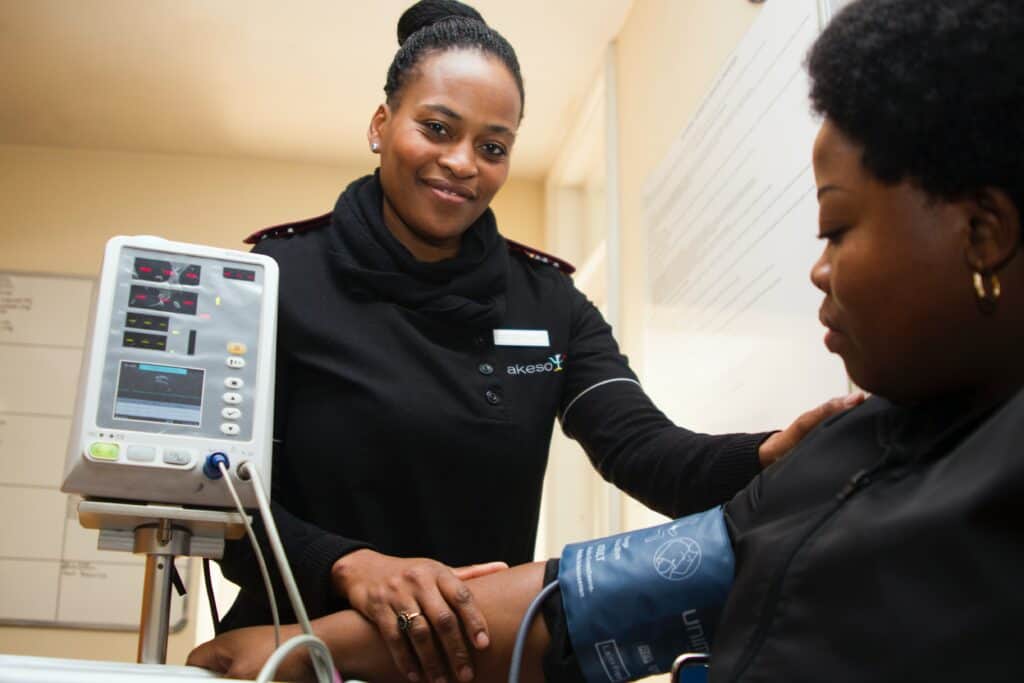At least 350 languages are spoken in US households. With that many languages, it comes as no surprise that language barriers are an everyday challenge for some Americans. Individuals who have a limited ability to read, speak, write or understand English are considered limited English proficient (LEP). There are approximately 25.1 million LEP individuals in the US, about 8% of the population.
The number of non-English-speaking US residents rises each year, contributing to a growing problem of miscommunication and understanding. While language barriers are faced practically everywhere, they are especially prevalent and can have dangerous and even fatal consequences in the healthcare sector.
Health literacy is defined as the degree to which individuals have the ability to find, understand and use information and services to inform health-related decisions and actions for themselves and others. Out of approximately 332 million people living in the United States, 14%, or around 46 million people,
have below basic health literacy. This problem is exacerbated by complex drug names, vague instructions given by both medical professionals and pharmacy staff, as well as little to no translation to other languages in healthcare systems.
While language barriers have existed for quite some time, COVID-19 has put a deadly ticking time bomb on the issue. Throughout the pandemic, new information has become available on a minute-by-minute basis. However, much of this information is not understandable for those who are not fully fluent in English. The most-unvaccinated demographic groups are minority groups, such as Black and Latino communities. While it is true that a lot of fear for these groups around vaccination comes from a distrust in the healthcare system, it is equally true that instructions on how to receive the vaccine have not been adequately made available for those who do not speak fluent English. Everchanging instructions surrounding COVID, such as whether to wear a mask or not, have also made it difficult to properly convey instructions in an easy-to-read and accessible format for those who face a language barrier.
While healthcare systems are required to provide in-person interpreters, these services have been found to indirectly increase the cost and length of hospital and office visits. Foreign-born citizens are already some of the country’s poorest. To add to this, interpreters are not always immediately available for time-sensitive medical decisions.
Language barriers not only increase indirect costs to those who are LEP, but often increase direct costs as well, creating an additional economic barrier. By not knowing where and how to properly access care, both time and financial resources are wasted.
There have been various studies into possible solutions to reduce the effects of language barriers in healthcare. Bilingual doctors have been found to be key in reducing the health disparities of those who are LEP. 44.7% of all physicians who speak a non-English language graduated from a medical school located outside of the United States, making them not only bilingual, but also giving them the ability to understand other cultures and cultural preferences. These bilingual physicians play a crucial role in healthcare for those who speak the same language as them: they act not only as a doctor, but also as a translator to those who may not be fluent in English. Additional bonus: no added cost from a paid interpreter.
Universal signs and symbols, or visual prompts including diagrams, images and models, can also be used to bridge communication barriers for those who do not speak English. Translation materials also need to be appropriate and accurate for the reading level of the target population. Use of translation tools and new technology is a great help, but volunteer interpreters can also eliminate the need for technology. These are often other staff who are bilingual. However, it is important when using volunteer translators and bilingual staff to create a systematic way of assessing their language skills to ensure that proper translations are provided.
By reducing language barriers, health and financial disparities can also be reduced. This is crucial for reducing poverty in migrant and limited-English populations over time, as well as integrating them into a healthcare system which is made to serve them rather than harm them.
Emily Orminski is a NCRC summer special initiatives intern.
Photo by Hush Naidoo on Unsplash



